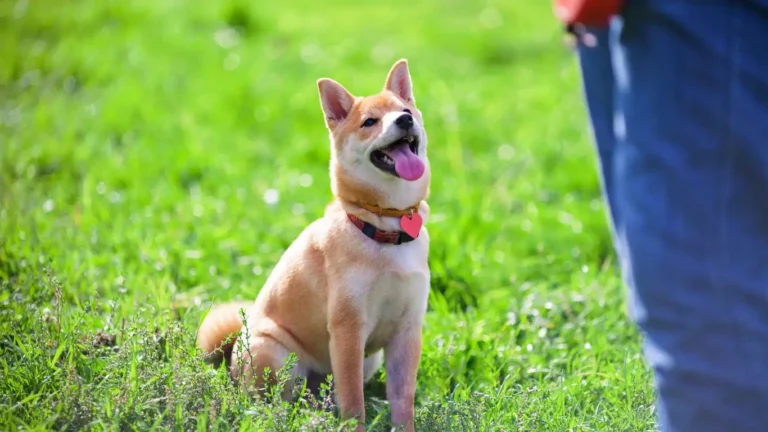Essential Dog Care Tips Every Pet Owner Should Know
As a pet parent, nothing feels quite as rewarding as caring for your dog and seeing them happy and healthy. But let’s face it—sometimes the sheer amount of information out there can be overwhelming. From feeding routines to vet visits, dog care is an ongoing responsibility. That’s why I want to share some essential dog care tips every pet owner should know. These tips aren’t just based on my experience but also on expert advice I trust. Whether you’re a seasoned dog owner or a first-timer, this guide will help you navigate the key aspects of keeping your dog in top shape.
Understanding the Basics of Dog Care
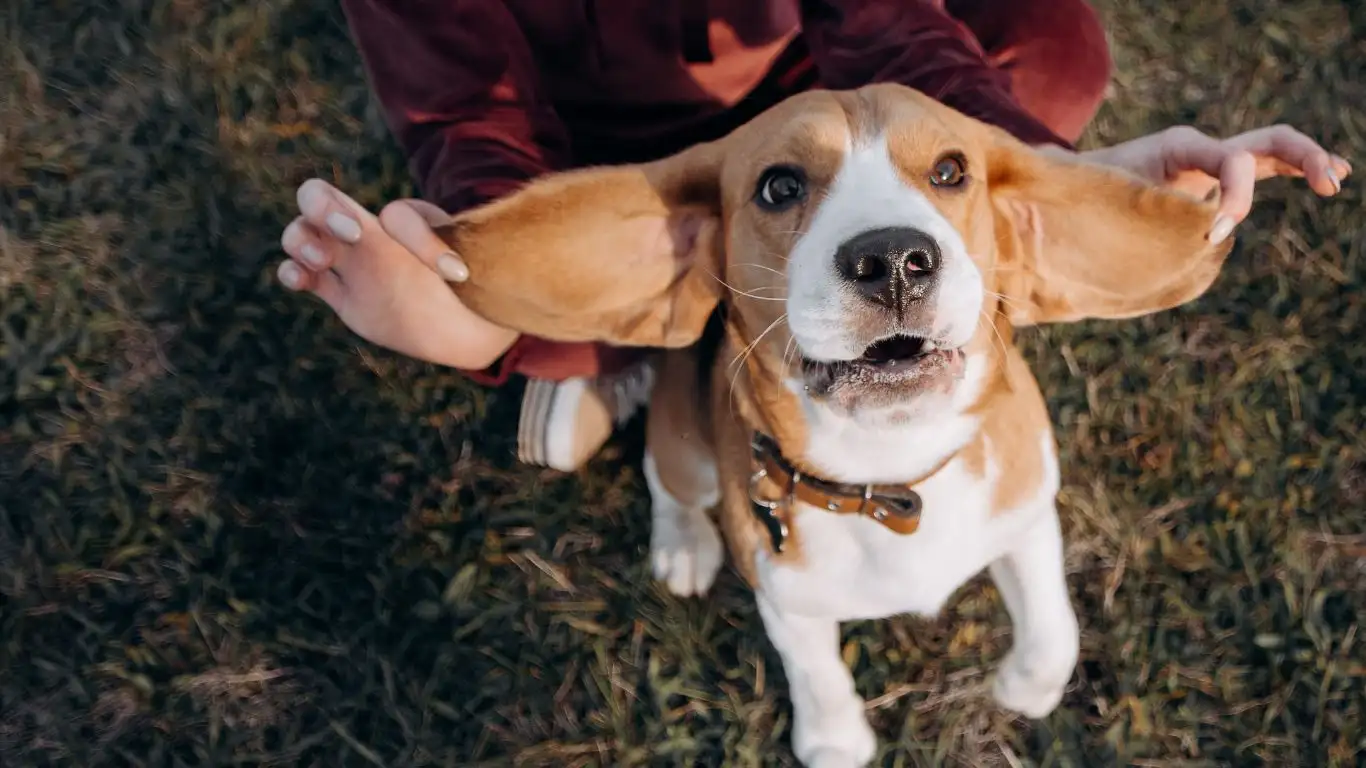
Let’s kick things off with the basics. We often think about dog care as just feeding, walking, and giving them love, but there’s more to it. A well-rounded approach ensures that your dog leads a long, healthy, and happy life. Here’s a rundown of what’s truly essential when it comes to keeping your dog in tip-top condition.
Nutrition: Fueling Your Dog’s Health
Just like us, dogs rely on proper nutrition to stay healthy. Choosing the right dog food is crucial, and honestly, it’s one area where you don’t want to cut corners. But how do you know what’s right for your dog? It varies based on their age, breed, size, and any existing health conditions. As a rule of thumb, high-quality, protein-rich dog food should be the base of their diet. This gives them the energy they need to play, exercise, and thrive.
From my experience, I’ve learned that dogs love variety, so don’t hesitate to switch things up between dry kibble and wet food, or even add healthy human-grade ingredients to their meals—things like pumpkin, carrots, or lean meat. But remember, moderation is key!
Hydration: Always Keep Water Accessible
Water is as essential as food, yet it often gets overlooked. Dogs need constant access to fresh water to stay hydrated. This is especially important if you’re in a warmer climate or if your dog is particularly active. When I had my first dog, I noticed that she would drink less when I left the water bowl near her food. Moving it to a different spot helped her drink more regularly, and I could see the difference in her energy levels.
Pro Tip: Consider adding a pet water fountain. Some dogs prefer moving water, and these fountains help keep it clean and fresh at all times.
Physical and Mental Exercise: The Key to a Happy Dog
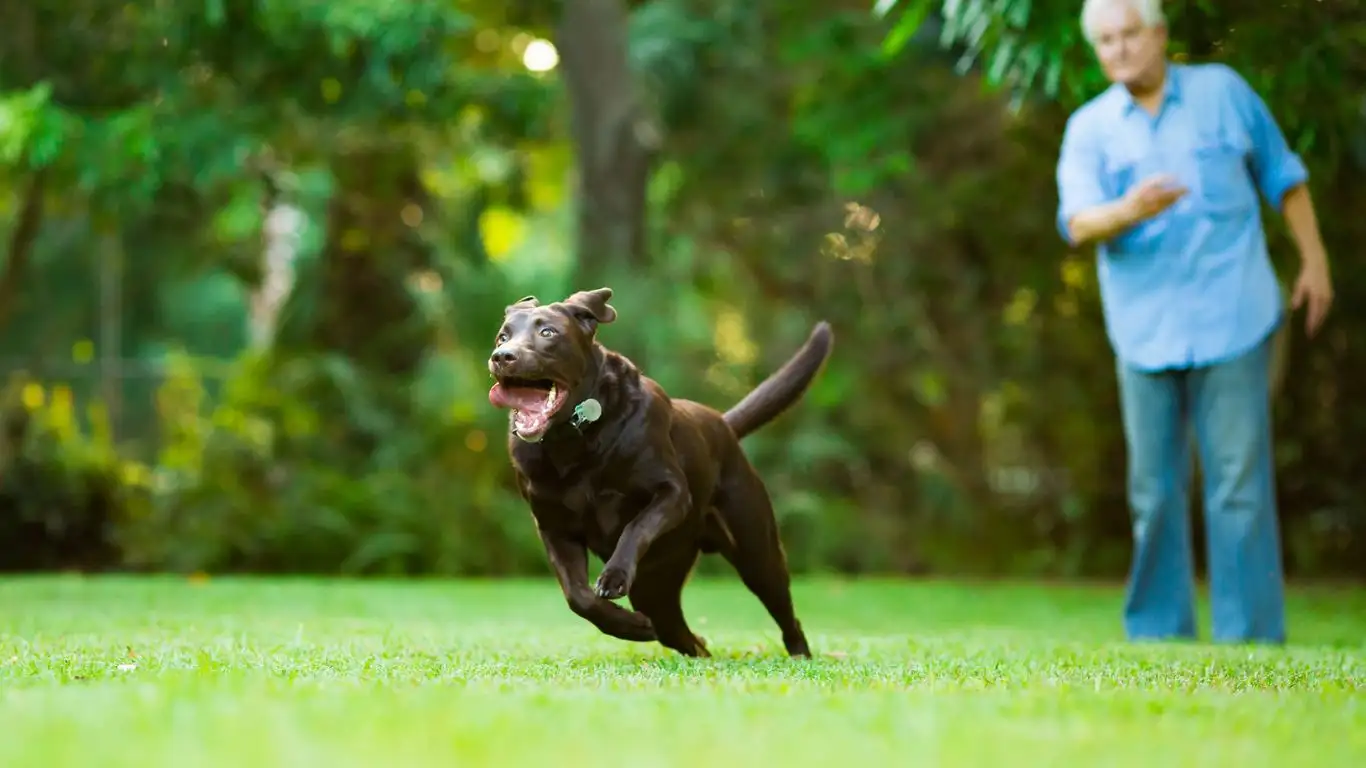
Regular Exercise: Keep Them Active
Exercise is another pillar of good dog care. Not only does it help maintain a healthy weight, but it also supports their joints, bones, and cardiovascular system. Plus, regular walks are a great opportunity for mental stimulation. Dogs need physical and mental outlets, and without enough exercise, you might find your dog getting into mischief at home.
What works for one dog might not work for another, so it’s important to tailor your dog’s exercise routine to their breed and energy level. High-energy dogs, like Border Collies, need more intense workouts, while smaller breeds or older dogs might be content with a short daily walk and some playtime in the backyard.
Mental Stimulation: Keep Their Minds Sharp
Just like physical exercise, mental stimulation is crucial. Dogs, especially intelligent breeds, can get bored easily. A bored dog is often a destructive dog. The solution? Engage their brains! Simple activities like puzzle toys, treat dispensers, or training sessions can keep them mentally sharp. I found that teaching my dog a new trick every month not only keeps her entertained but also strengthens our bond.
If you don’t have time for a full training session, just switching up their routine can be enough to keep their mind active. Let them explore new scents on walks, or give them toys that challenge their problem-solving skills.
Grooming: Keeping Your Dog Clean and Comfortable
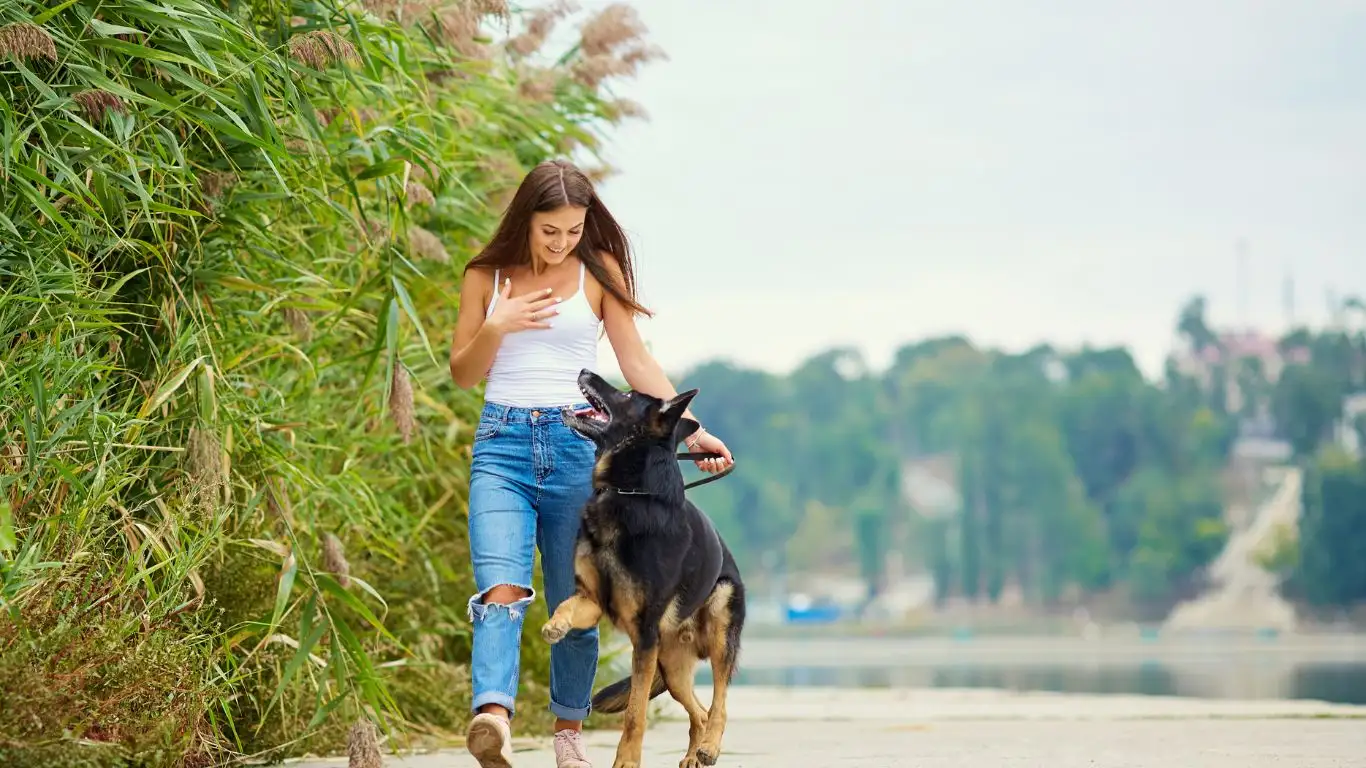
Brushing: A Regular Habit
Regular grooming is another essential aspect of dog care. Brushing not only helps keep your dog’s coat shiny and clean, but it also prevents matting, especially in long-haired breeds. And let’s not forget—it’s a great bonding activity! I’ve found that brushing my dog regularly has improved her overall coat health and reduces shedding around the house. Depending on the breed, dogs may require daily brushing or just once a week.
During grooming, check for signs of any skin issues, parasites, or hot spots. If your dog seems uncomfortable during brushing, that might be a sign they have something like a skin infection or allergies. Regularly inspecting their coat can help catch problems early.
Bathing: Don’t Overdo It
Bathing your dog too often can actually strip their coat of natural oils, leading to dry skin. While it’s tempting to bathe your dog frequently, it’s usually best to limit baths to every few months unless they get particularly dirty or smelly. Use a dog-specific shampoo that’s gentle on their skin, and always make sure they’re thoroughly dried afterward to prevent skin irritation.
Vet Visits: The Foundation of Preventive Care

One of the most important aspects of dog care is regular vet visits. Even if your dog seems healthy, routine check-ups help catch any issues before they become serious. As a pet owner, it’s easy to assume that if your dog is active and happy, everything’s fine. But just like us, dogs can experience underlying health issues that don’t show symptoms right away.
My dog had a few quiet vet visits in the beginning where everything seemed perfect, but then during a routine check-up, the vet caught a slight heart murmur. Thankfully, it wasn’t anything serious, but it could have gone unnoticed without that check-up. Your vet is your partner in keeping your dog in optimal health, so regular visits are key.
Vaccinations and Preventive Treatments
Keeping your dog up-to-date on vaccinations is critical for their well-being. Just like us, dogs need vaccinations to prevent dangerous diseases, and some vaccines are required for travel or boarding. Be sure to follow the vaccination schedule provided by your vet. It’s also a good idea to stay on top of preventive treatments for parasites like fleas, ticks, and heartworms, especially if you live in an area where these are prevalent.
In my experience, it’s better to be proactive with these treatments rather than wait for a potential issue to arise. Flea and tick preventatives can save you and your dog a lot of discomfort, not to mention potential health problems like Lyme disease.
Dental Health: Don’t Forget Their Smile
It’s easy to overlook your dog’s dental health, but it’s just as important as any other aspect of their care. Regular tooth brushing can help prevent tartar build-up, gum disease, and bad breath. If you’ve never brushed your dog’s teeth, it can seem like a daunting task, but it’s really just a matter of getting them used to it.
For me, starting slow was key. I would let my dog sniff the toothbrush and then gently rub it on her teeth. Over time, she got used to it, and now, she actually enjoys the routine. If brushing isn’t something you want to do daily, there are also dental chews and special water additives that can help keep their teeth clean.
Creating a Safe and Comfortable Living Environment
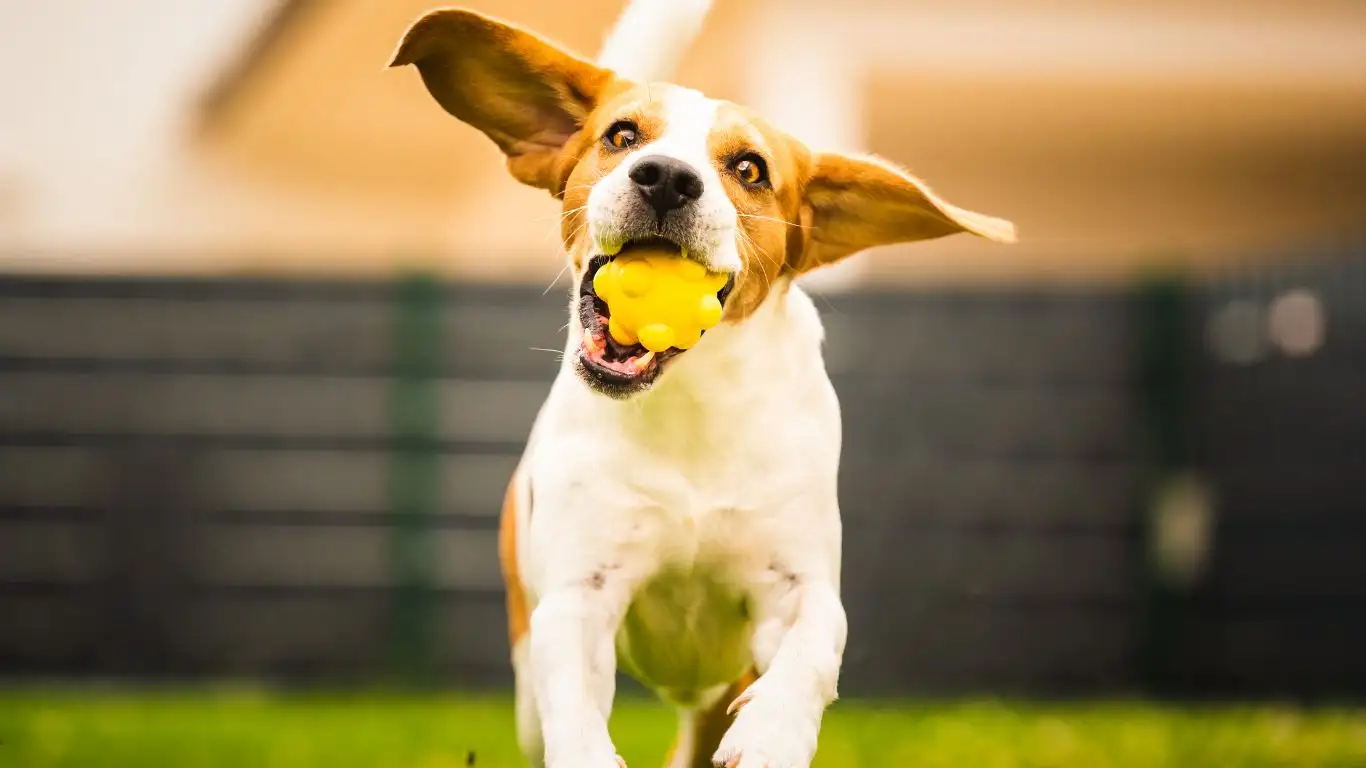
Provide a Comfortable Space
Dogs love to have a space that’s all their own. Whether it’s a cozy bed in the corner or a designated crate, having a personal space makes them feel secure and comfortable. I learned this when I first adopted my dog—she was a little anxious at first, and having a quiet place to retreat to really helped her adjust.
Make sure their bed is comfy, their crate is the right size, and that they have access to a space where they can relax without distractions. For some dogs, a spot near a window to watch the world go by is all they need to feel at ease. Others prefer being closer to their humans. Pay attention to their preferences and adjust accordingly.
Keep Your Home Safe
Just like with babies, you need to dog-proof your home. It sounds simple, but dogs tend to get into things they shouldn’t. If you haven’t already, be sure to remove any hazardous items like toxic plants, small objects they could swallow, or dangerous chemicals from places your dog can access. Secure any cleaning supplies and medications out of reach, and make sure wires or electrical cords are not exposed.
When I first brought my dog home, I learned the hard way that she was a curious one. One day, I found her happily chewing on a pair of my shoes! Luckily, it wasn’t anything dangerous, but it taught me how important it is to create a safe environment for them to explore.
Training and Socialization: Building a Strong Bond

Start Training Early
Training your dog is not only about teaching them commands; it’s about creating a bond, establishing trust, and providing structure. The earlier you start, the better. Puppies are like sponges, absorbing everything around them, but even older dogs can learn new tricks and behaviors. I’ve found that short, consistent training sessions work best. And remember, training isn’t just about “sit” and “stay”—it’s about teaching your dog the boundaries of their behavior, what’s expected of them, and how to behave around people and other dogs.
One thing I always remind dog owners is to be patient. Dogs don’t learn overnight, and some breeds might take longer to catch on. But if you’re consistent and use positive reinforcement, you’ll see great results. When I trained my dog to stop jumping up on visitors, it took time, but the breakthrough moment was so rewarding!
Socialization: Encourage Positive Interactions
Socialization is another critical part of dog care. Exposing your dog to different environments, people, and other dogs from a young age helps them develop well-rounded personalities. If your dog is nervous or reactive around other dogs, consider enrolling in a basic obedience class. These classes offer a controlled environment for socializing and are often a great way to build your dog’s confidence.
I’ve seen firsthand how socialization has a lasting impact. My dog used to be shy around new people, but with gradual exposure and positive reinforcement, she became much more confident. Proper socialization reduces anxiety and helps your dog become comfortable in different situations.
Managing Health and Wellness for Your Dog
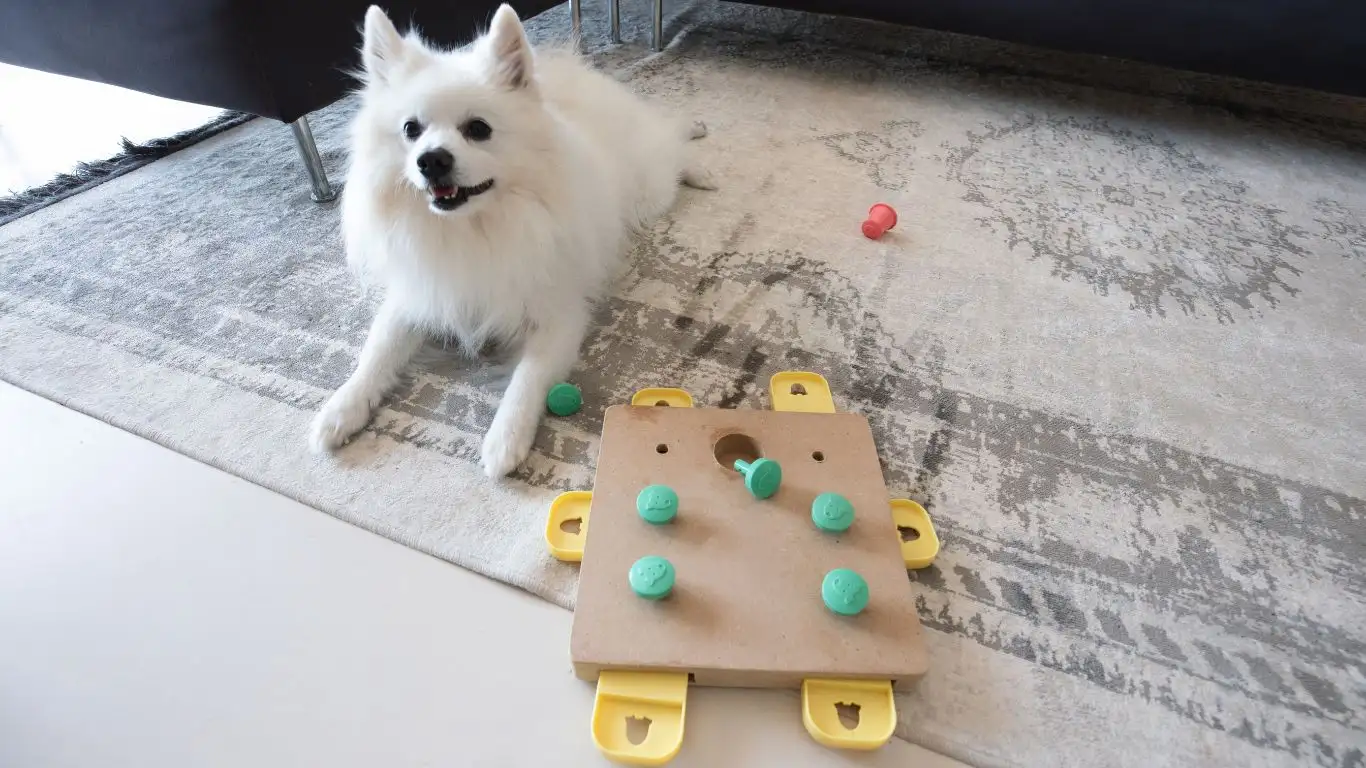
When it comes to keeping your dog healthy, it’s not just about physical care and exercise. Mental well-being, preventative health measures, and addressing any specific health concerns all play a role in your dog’s overall wellness. As an owner, understanding the importance of regular health checks, managing any chronic conditions, and ensuring a high quality of life for your pet is a huge responsibility. And trust me, the more proactive you are, the better the outcomes for both you and your dog.
Managing Weight and Preventing Obesity
Weight management is one of the most common health issues among dogs today. Obesity can lead to a range of health problems, including joint issues, diabetes, and heart disease. It’s easy to let a dog’s weight get out of control, especially if they have a big appetite or you enjoy sharing your meals with them. However, it’s important to recognize that while it’s tempting to indulge them with treats or extra food, managing their weight is critical to their health.
From my experience, keeping track of their food intake and being mindful of their exercise routine can make a huge difference. For example, I started measuring out my dog’s food portions to ensure she wasn’t eating too much. Since then, I’ve noticed she’s much more energetic and her overall health has improved. If you’re unsure about your dog’s ideal weight, don’t hesitate to ask your vet for advice. They can provide a healthy weight range based on your dog’s breed, age, and activity level.
Dealing with Chronic Health Conditions
As our dogs age, they may develop chronic health conditions that require ongoing care. Whether it’s arthritis, hip dysplasia, or a heart condition, it’s important to stay on top of their health needs and provide them with the necessary treatments or medication. Dogs are experts at hiding pain, so it’s essential to look for signs that something might be wrong—limping, changes in behavior, reluctance to exercise, or difficulty breathing are just a few signs to keep an eye on.
My dog, for example, started showing signs of arthritis in her senior years. She would hesitate to jump onto the couch and seemed to struggle after long walks. After a trip to the vet, we began managing her arthritis with medication, a change in diet, and added supplements. Since then, she’s been a lot more comfortable and active. If your dog is diagnosed with a chronic condition, don’t be discouraged—there’s a lot you can do to improve their quality of life.
Essential Dog Care Tips for Every Stage of Life
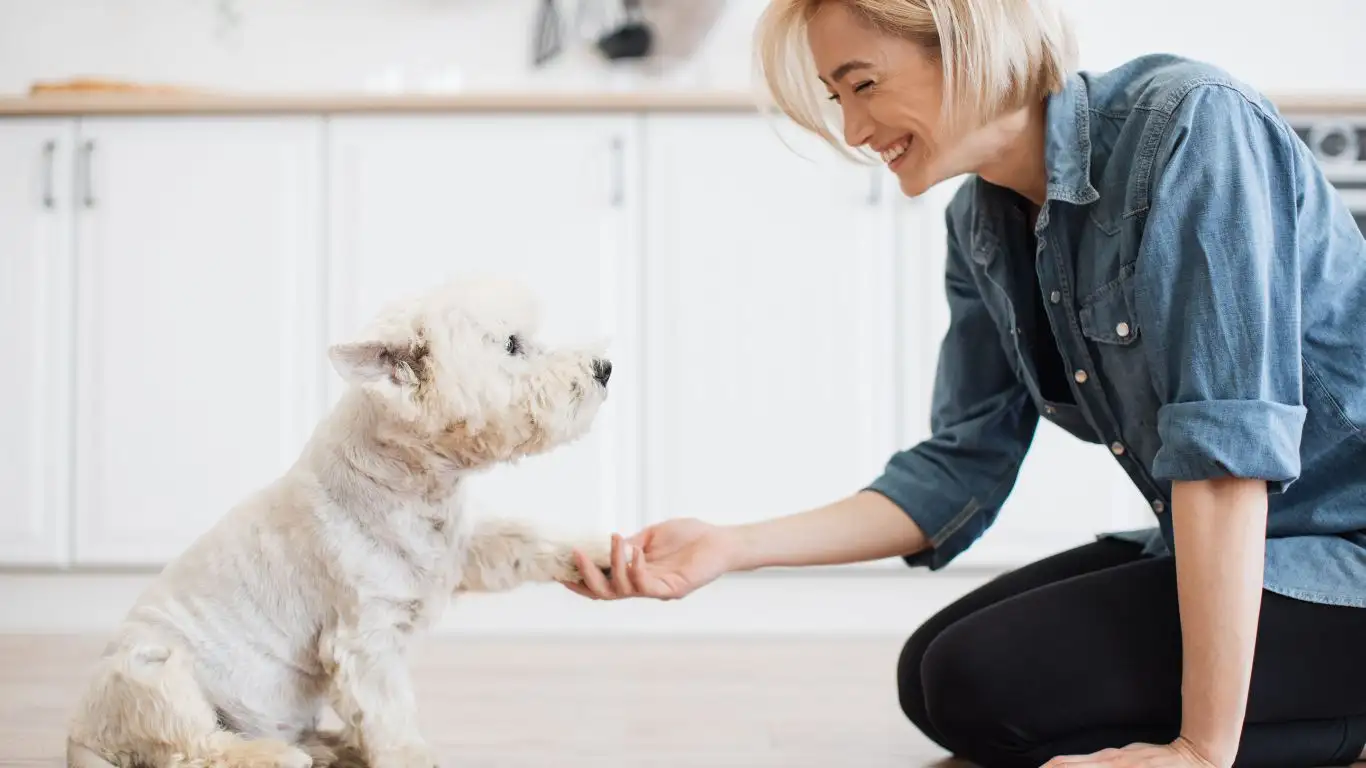
Puppy Care: The Early Years
When you first bring home a puppy, you’re not just starting a new chapter in your life—you’re also setting the foundation for their future health and happiness. The first few months are crucial for socialization, learning basic commands, and establishing routines. I remember how exciting yet challenging those first months were, but looking back, I can see that the time spent on training and socializing my dog really paid off. Puppies need to be introduced to new experiences, people, and other dogs to build their confidence and avoid fearful behavior as they grow older.
During this stage, it’s also important to ensure they’re getting the right nutrients to support their growth. Puppy food is specifically formulated to meet their higher energy needs. And of course, regular vet visits to ensure they’re on track with vaccinations, deworming, and general health assessments are key.
Adult Dog Care: Keeping Them Active and Healthy
As your dog enters adulthood, their physical and mental health requires continued attention. Regular exercise remains essential, but you might notice a shift in their energy levels or playfulness. Adult dogs usually need a balance between physical activity and rest. Over-exercising can strain their joints, especially in larger breeds, so it’s important to tailor their activity to their needs.
During this stage, your dog may also experience changes in behavior as they mature. It’s a good time to revisit training, reinforcing good habits and addressing any behavioral issues that may have arisen. Keep up with grooming, ensure a proper diet, and stay on top of preventative healthcare measures, including dental care and parasite control.
Senior Dog Care: Ensuring Comfort in Their Golden Years
Senior dogs require special attention to maintain their quality of life. As they age, their health needs change, and you may need to adjust their diet, exercise routine, and veterinary care. Regular vet check-ups are even more important now to catch issues such as arthritis, vision or hearing loss, or organ function decline. I remember noticing a slight slowing down in my dog’s movements as she entered her senior years, so I adjusted her diet to a senior-specific formula and started incorporating joint-support supplements into her routine.
In addition to regular vet visits, you may want to create a more comfortable living space for your senior dog. Orthopedic dog beds and ramps to help them get on furniture can ease their physical discomfort. Keep their environment calm and avoid loud noises or overwhelming experiences that might stress them out.
References and Additional Resources
Disclaimer
While the advice shared here is based on my own experience and research, always consult your veterinarian for professional guidance tailored to your dog’s specific needs. Every dog is unique, and their care should be personalized to ensure the best possible quality of life. This content is for informational purposes only and does not substitute for veterinary advice or treatment.


